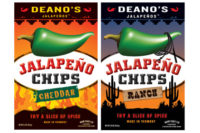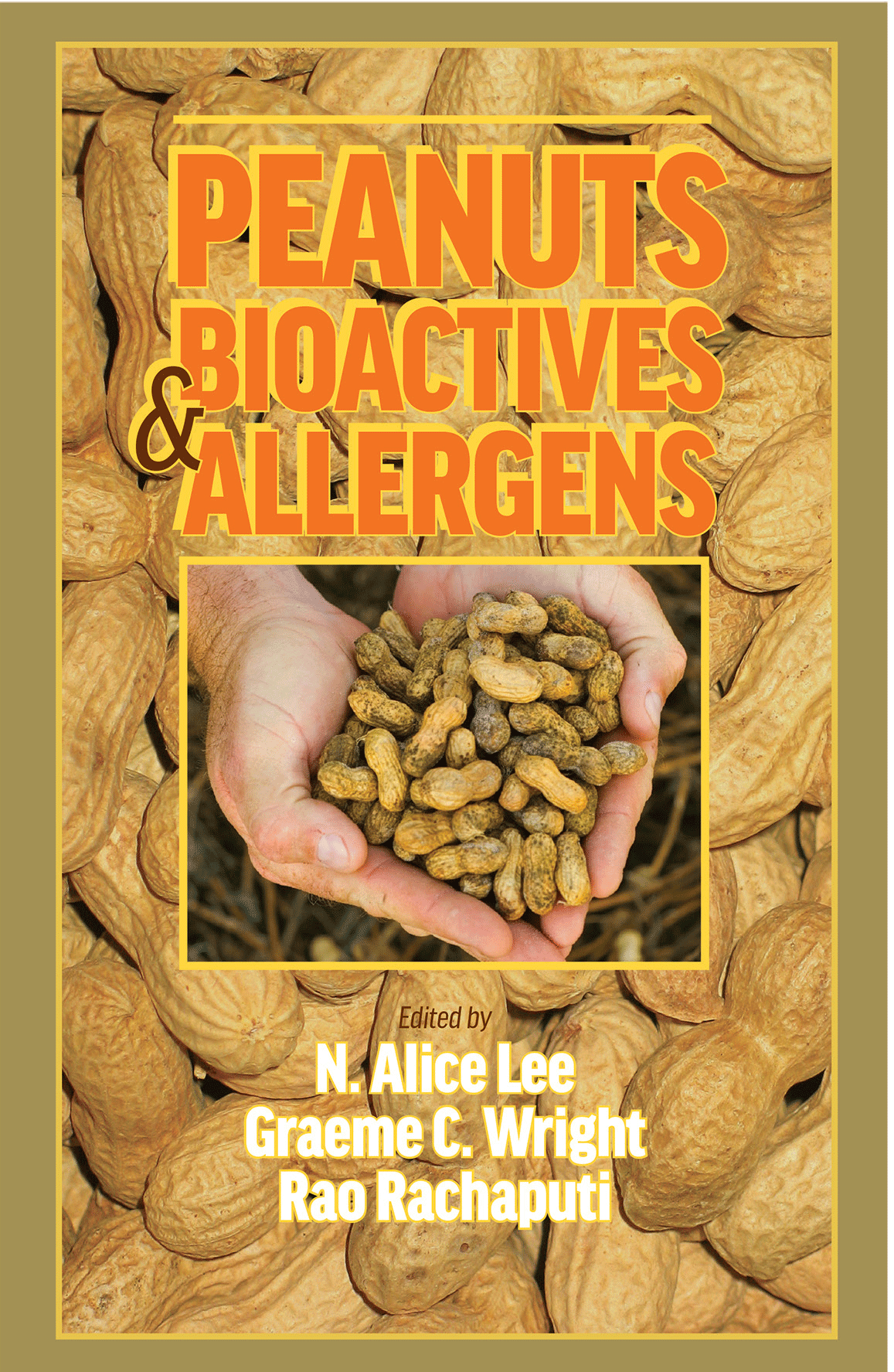Continued research and media coverage on the benefits of omegas and antioxidants have increased public awareness of these valuable nutrients. Now, more than ever, consumers are seeking food that provides valuable nutrition. The U.S. Food and Drug Administration (USDA) has allowed label claims for antioxidants since 1997 and Omega 3s since 2004. Thus, mainstream food manufacturers are bringing attention to omegas and antioxidants naturally occurring in products, which include raisins, dried berries and fruit, tomato products and walnuts, as well as adding them when they aren’t naturally present in seeds and oil.
Current research indicates that public awareness of omegas and antioxidants is growing. According to the United Soybean Board’s (USB) 19th annual Consumer
Attitudes about Nutrition survey, the number of consumers who perceive Omega 3 as a healthy fatty acid rose to 84% in 2012,
up five points from 2011.
“The change in this trend is from seeds or nuts or dried fruit as a garnish or topping on a cracker or nutritional bar to the seeds ot nuts or fruit actually being the cracker or bar,” says Natalie Levy, quality control manager at Bedemco Inc., based in Highland, N.Y. “Likewise, bakeries have begun adding increased amounts of seeds and nuts into their products as consumers become more comfortable with the increased presence, flavor and mouthfeel of nut, seed and fruit inclusions.”
Insight into omegas
Omegas and antioxidants are two separate categories that have different roles and differing consumer perceptions. The first omega studies took place in 1979, and it wasn’t until the 1990s that individual fatty acids were identified as positively impacting nutrition. Now, there are three types most commonly used: Omega 3; Omega 6; and Omega 9.
It’s important to distinguish that there are also short- and long-chain Omega 3s. The short chain includes soybean and canola oil, which contain linoleic acid. Long-chain Omega 3 is found in fish oil.
“Omega 3 fatty acids have high levels of eicosapentaenoic (EPA) and docosahexaenoic acid (DHA), which have been proven to lower cardiovascular disease, reduce triglicerides, stabilize heart rates and improve blood pressure and athrisclorosis,” says Rudy Roesken, general manager and corporate vice president of QualiTech, Chaska, Minn.
In 2004, the FDA allowed health claim status for EPA and DHA that there is supportive, but not conclusive, research that both reduce heart disease.
Fish oil is the preferred source of Omega 3s because of the bioavailability of EPA and DHA, alpha-linolenic acid (ALA), and soybean oil, which is one of the few non-fish sources and the principal source of Omega 3 in the American diet.
One reason is that due to the short shelf life of fish oil, it cannot be added to shelf-stable products. In their natural state, these types of Omega 3 fatty acids have an increased vulnerability of rancidity caused by oxidation. This chemical reaction of lipids with oxygen or oxidative deterioration negatively affects the flavor, scent, color and texture of food products. Consequently, fatty acids need to be put in a different state before being used as a food ingredient.
While Omega 3 fatty acids are found in marine and fish oils and plant oils like flax seed, Omega 6 fatty acids are derived from soybean, corn, sunflower and safflower oils. To get the most benefit from these ingredients, it’s recommended that the ratio of Omega 3 and Omega 6 be 1:4.
“Omega 6 that includes linolenic acid is important because when we switch from a diet high in saturated animal fats, this additive provides clear cardiovascular health benefits,” says Willie Loh, vice president of marketing for oils and shortening at Minneapolis-based Cargill Food Ingredients & Systems.
There is some controversy among those in the food industry as to the added benefits of Omega 9, which is made up of nonessential monounsaturated fats present in olive, canola and sunflower oils as well as some soybean oils.
“Omega 9 is a marketing piece, and there is no single evidence that this has any added benefit [beyond what Omega 3 and Omega 6 offer],” Loh says.
Namal Senanayake, Ph.D., an application scientist-food protection at DuPont Nutrition and Health, Danisco USA, in New Century, Kan., says Omega 9 fatty acids became popular because of research that suggested monosaturated fats lower bad cholesterol and increase good cholesterol.
“Omega 9 has good properties because it’s a healthy, unsaturated, stable fat that has a very long shelf life,” says Dave Dzisiak, commercial leader for grains and oils at Dow AgroSciences, Indianapolis. “It is about 100 times more stable than an Omega 3. Manufacturers have increased the amount of Omega 9 and decreased Omega 3 through hydrogenation to increase foods’ shelf life, stability and healthfulness.”
One of the challenges is that some omega oils require stabilizers, which will not be a fit for the cleaner food labels more consumers are seeking. Manufacturers can incorporate natural products, like rosemary, to achieve the same results.
“These types of ingredients work well, but can be more expensive to include,” Dzisiak says. “Naturally stable oils like Omega 9 often don’t need additional antioxidants because they have enough stability on their own.”
Looking at antioxidants
The earliest reports of antioxidant use dates back to an 1843 report, which showed how fresh lard-containing antioxidant components avoided rancidity. It was then discovered that antioxidants can delay the onset of oxidation in unsaturated lipids.
Antioxidants have been used for more than 30 years, primarily in shelf-stable baked goods. “What has changed in the last 10 years is the issue of clean labels,” Loh adds. “There are a number of synthetic antioxidants, but consumers want to avoid these and still have products that offer long shelf lives.”
Unfortunately, the reaction of oxidized products can’t be reduced by adding antioxidants.
“Because Omega 3 and Omega 6 are highly unsaturated, these additives are prone to oxidation that can lead to undesirable product changes and increase the risk of rancidity,” Senanayake says. “By adding antioxidants, manufacturers can help maintain freshness and extend shelf life.”
Polyphenol antioxidants provide anti-inflammatory benefits, can improve joint health and reportedly prevent cell damage from free radicals. “There are even some links to antioxidants and their anti-tumorigenic qualities, including intervention with certain cancers,” Levy points out.
Certain fruits and nuts are touted for antioxidant qualities and benefits. The Cherry Marketing Institute (CMI), Lansing, Mich., provides consumers with information on tart cherries, with almost all of the facts relating to this fruit’s antioxidant qualities.
“What’s detrimental is that the word ‘antioxidant’ is becoming less impactful because it’s being used so often and in many different ways,” says Jeff Manning, CMI’s chief marketing officer. “It then starts to become generic.”
Like tart cherries, blueberries contain many naturally-occurring antioxidants. “Phytochemicals found in fruits such as blueberries continue to be investigated for their health benefits in slowing the aging process, including memory loss,” says Thomas Payne, industry specialist for the U.S. Highbush Blueberry Council in San Mateo, Calif.
Pistachios also contain antioxidants, in addition to heart-healthy fatty acids, vegetable proteins, vitamins and minerals. “In a recent study regarding the health profile of pistachios used in snacks or baked goods, the antioxidant profile was bio-accessible in the gastrointestinal track, whether the pistachios were raw or roasted,” says Constance J. Geiger, Ph.D., RD, LD, and president of Geiger & Associates, LLC, Food Labeling and Health Communications, Fort Bridger, Wyo. Geiger is also a nutrition consultant for the American Pistachio Growers. “Pistachios also have small amounts of Omega 3,” she says.
These nuts have the protein and fiber content, along with antioxidants, to make them beneficial as a post-workout recovery food. “In addition, antioxidants play an important role in getting rid of free radicals, which will help in regenerating skin tissue, nails and hair,” says Judy Hirigoyen, director, global marketing for the American Pistachio Growers.
What are the new products?
The challenge for any high Omega 3 ingredient would be maintaining the shelf life of the food and preventing rancidity, because this can occur anytime there is oil. This requires maintaining sealed storage, avoiding light and heat by creating a cool and dark environment, and controlling humidity, say those interviewed.
“Thankfully, from a food processing perspective, antioxidants can go hand in hand with Omega 3-containing ingredients, such as vitamin E and C and rosemary extract, and can help extend shelf life,” Levy says. “A customer’s end product processing should be supportive of the ingredients they are claiming—avoiding very high heat processes that could impact Omega 3 oil and antioxidant stability. Some of our customers choose to purchase ground forms of seeds, such as flax, to increase the bioavailability of these nutrients.”
Bedemco assists manufacturers in incorporating a number of forms of these ingredients, including whole nuts and seeds, roasted and flavored versions, custom diced nuts and nut and seed butters and pastes, in addition to whole dried fruits, custom dices and pastes of dried fruits/fruit butters, into products.
These include dried blueberries, cherries, cranberries, prunes/plums, raspberries, strawberries, apples and pecans as well as sunflower seeds and pumpkin seeds. For omegas, Bedemco provides walnuts and seeds, such as flax, hemp and chia.
Bedemco’s newest line, Seeds of Peace, incorporates small batch-roasted and seasoned sunflower and pumpkin seeds.
Cargill continues to work on further stabilizing Omega 3 so it can be used in shelf-stable baked goods. The company offers short-chain Omega-clear under its Clear Value brand and is working on long-chain stabilized Omega 3.
QualiTech recently entered into an exclusive agreement with OmegaPure to use its Omega 3 products. As a result, the company was able to encapsulate Omega 3 oil to create a highly stable and healthy flavor ingredient called Flavor-ettes.
“We will take this functional ingredient and incorporate it into particulates (based on our proprietary process) and add it to baking mixes and other items,” says Roesken. “This creates an engineered blueberry that has a great flavor, visual appeal and an appealing texture.”
Small (100-g.) servings of Flavor-ettes with OmegaPure deliver 10% ultra-refined fish oil or 2,000 mg. of EPA and DHA.
“This allows manufacturers to achieve 50 mg. of the recommended EPA and DHA per food serving,” Roesken says. “By encapsulating the Omega 3, we are able to eliminate odor and taste issues.”
Flavor-ettes with OmegaPure will be primarily used for bakery items, snacks, cereal and frozen entrees.
Dow AgriSciences discovered that when the ratio of fatty acids are altered while creating naturally-stable canola oil, the functionality changes. Hydrogenation changes the nature of fatty acids and trans-fats appear as a byproduct. Hydrogenation removes Omega 3, producing unhealthy fats.
Doubling up on canola
“Through plant breeding, we can create more stable fatty acids and reduce the amount of unstable fatty acids,” says Dzisiak. “Plants hydrogenate naturally. Now, we can provide oils that are naturally stable with a long shelf life that are clean, light and better-tasting, as well as healthy with low saturated fat and high monounsaturated fat.”
Monounsaturated fat is the main component of olive oil and, with this process, is now present in canola and sunflower oils. The process has worked well with oil applications but is trickier with solid fats, which are used for bakery products. In the last three years, the canola-processing capacity in North America has essentially doubled. As a result, the amount of tropical oils being imported and used to replace hydrogenated oils also has doubled.
“We considered combining Omega 9 oil with palm base stocks to develop shortenings that have reduced amounts of saturated fats, so we can get the functionality of shortening with a highly reduced amount of saturated fat, zero trans-fat and good shelf stability,” Dzisiak says. “This works well in snack applications and with products like cookies, where liquid oil doesn’t give the rise that’s needed. It also provides functionality of solid shortening fat in foods like microwave popcorn to make it healthier.”
When incorporating both omega and antioxidant ingredients, there are a number of issues and factors to consider, say our sources. First and foremost, it’s important to pick the appropriate ingredients, concentrating on quality. This may involve sourcing ingredients from different suppliers to get it right. Dry ingredient formulations may be restricted to dry formats of these nutrients, while oil-based formulas will most likely need oil-based products.
“Manufacturers also need to look at the stability of ingredients in storage,” Senanayake says. “It’s important to perform quality checks to make sure these meet specifications. Also, storage conditions in regard to the physical stability of products should be considered as well as packaging materials.”
Manufacturers also need to pick the type of ingredient that won’t impact food flavor, but will still provide functional benefits to food. Omegas and antioxidants offer numerous nutritional benefits, but should only be considered if the flavor, texture, appearance and shelf life of products will not be compromised. SF&WB















